Wandering along the twisting turns of the rivers of France reveals more than just water flowing seaward.
And the longest river in France, the Loire, is at once a work of natural art, and a touchstone for that of the nation itself.
A useful tip: to bring your iRoamly France travel eSIM, it's a convenient way to stay connected and access important maps while exploring this scenic route.
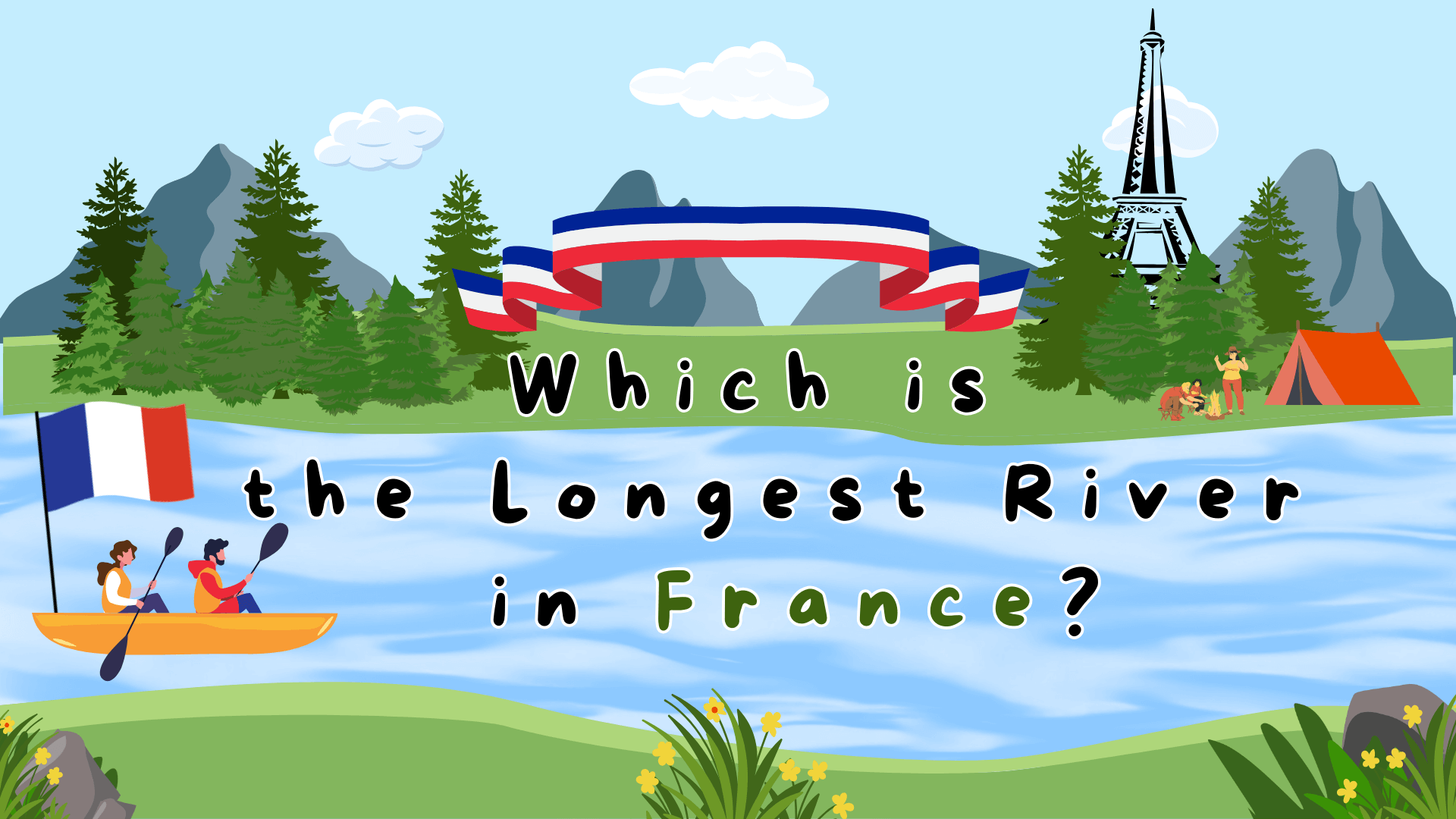
Which Is the Longest River in France?
The Loire is the longest river in France, stretching 1,020km (630 miles) from Massif Central to its mouth on the Atlantic coast. It is the defining feature of much of central France, a figure of history, agriculture, and even culture itself.
Its source is in the south, where it winds through the Cévennes Mountains, rushing through valleys and powerful gorges that give the river its character – as well as its appeal to both nature lovers and watersports enthusiasts. Veering northwest to the towns of Orléans and west to Tours and Angers, the Loire becomes a lifeblood for agriculture and trade.
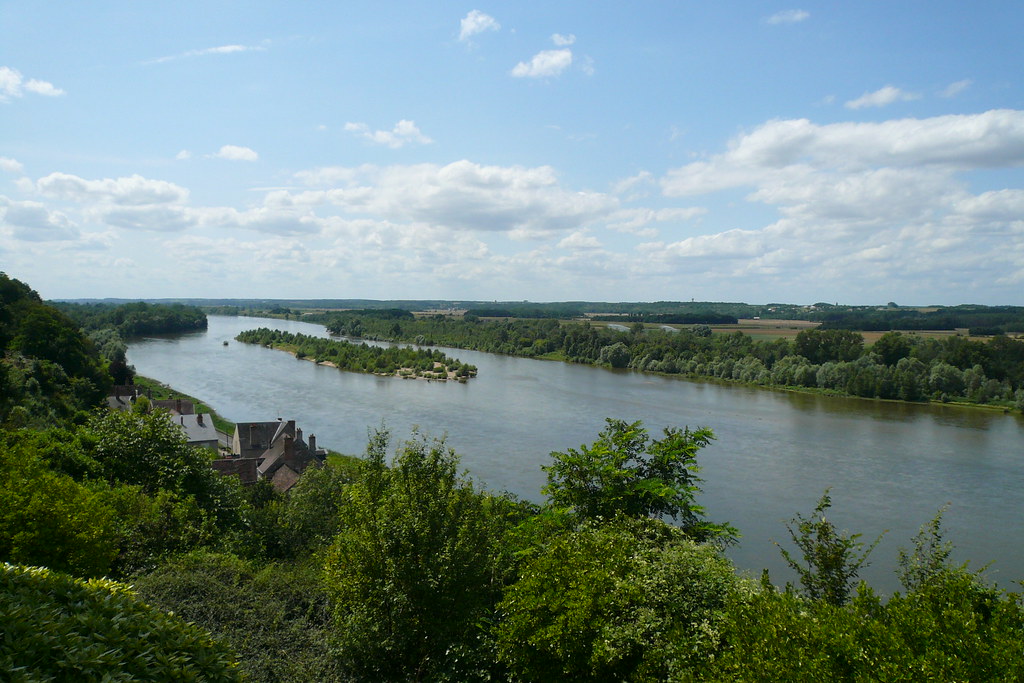
Reaching Nantes, the river broadens into an estuary some 55 km long, before meeting the Bay of Biscay.
The Allier, Cher, and Vienne rivers are chief amongst the Loire's tributaries, adding to the river's ecosystem, while man made canals connect it to the Seine and Saône rivers.
The Loire is just the start of the story for the rivers of France. The nation boasts several major rivers, each a must-visit France place, contributing to the country's natural beauty and cultural heritage.
Top 10 Longest Rivers in France
We've prepared a handy table of the ten longest river in France here, emphasizing their length above other factors:
# | Name | Length (km) (mi) | |
1 | Loire | 1,006 | 630 |
2 | Seine | 776 | 482 |
3 | Rhônea | 544 | 338 |
4 | Garonnea | 529 | 329 |
5 | Marne | 514 | 319 |
6 | Meusea | 463 | 288 |
7 | Lot | 485 | 301 |
8 | Dordogne | 483 | 300 |
9 | Saône | 473 | 294 |
10 | Doubsa | 430 | 270 |
Each of them tells its own tale, passing through unique landscapes and points of historical interest that shape the areas through which they travel.
Whether it’s the bustling quays of the Seine in Paris or the tranquil flow of the Saône in Burgundy, France’s rivers offer residents and visitors a chance to explore the flowing lifeblood of a varied country.
Introduction to the Top 10 Longest River in France
But more than that, the rivers of France are living history, ecological gems, and arteries of commerce. Here are the ten longest, each with its own character and contributions:
No 1: Loire River
Derisively dubbed the “Garden of France” by Parisians, the Loire flows through vineyards and orchards, past some of the most magnificent châteaux and traces of its regal past. Historic as a major trade route and crucial to the development of the regions through which it flows.
Where: The river passes through many cities of France, including Orleans, Tours, Angers, and Nantes.
No 2: Rhone
An important commercial waterway, the Rhone is connected by a string of hydroelectric dams, a drop every few miles to give it its power – and not just at its confluence with the Mediterranean, where it helps improve relations with Switzerland.
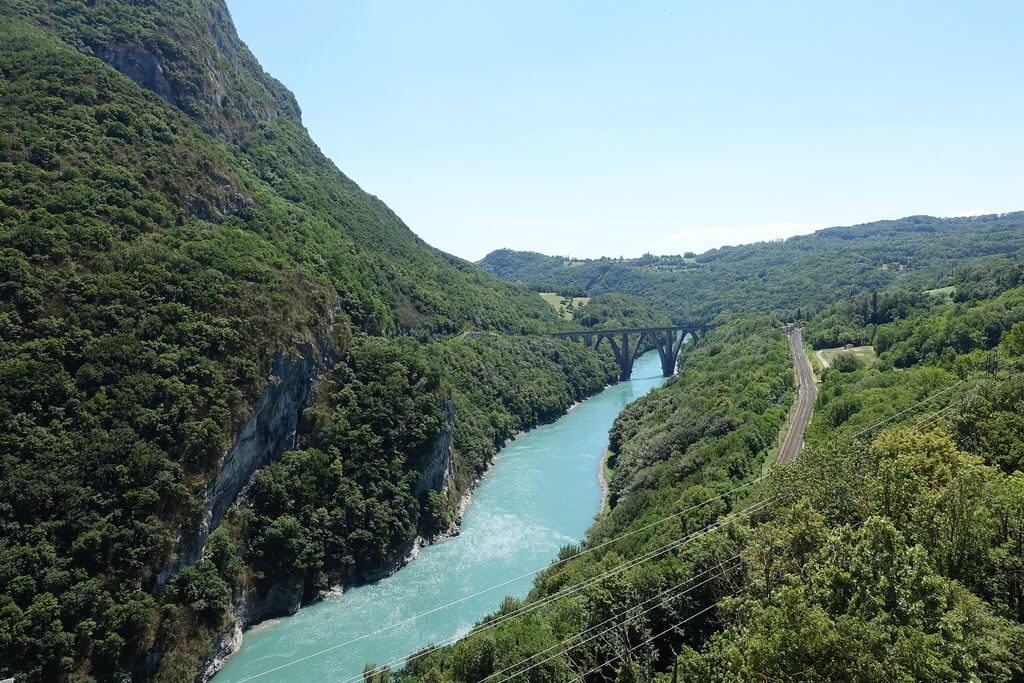
Where: Swiss Alps to the Med, flowing through Lyon and,Amons merging with the Saône at Arles
No 3: Seine
Romantic Paris would be incomplete without the Seine; its banks are UNESCO World Heritage sites, while the river itself appears romantic enough to have its own profile on dating sites.
Where: The Burgundy Plateau to Le Havre on the English Channel
No 4: Garonne
Arguably as important to Bordeaux wineries as the terroir, the navigable part of the Garonne supports one of the most prestigious vinicultural regions in the world. The rest of the region is just as important, its meeting with the Dordogne forming the Gironde estuary.
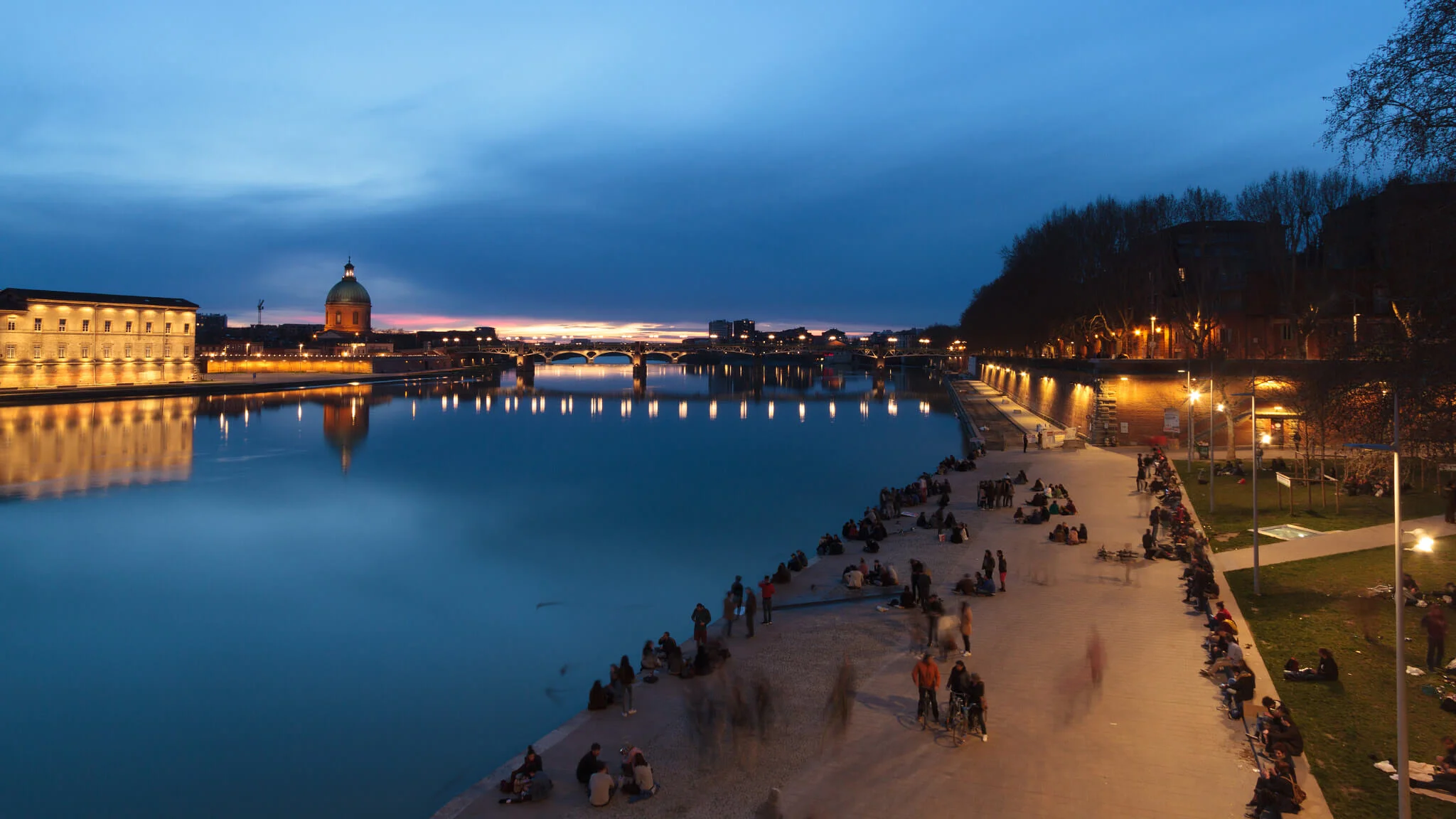
Where: Pyrenean glaciers to the Atlantic Ocean, through the Gironde estuary
No 5: Dordogne
Aside from some truly spectacular gorges, the Dordogne also boasts some of the best-preserved medieval towns in France. Vital to the UNESCO Biosphere route!
Where: Puddle in the Massif Central, merge into the Gironde estuary with the Dordogne
No 6: RHINE
A European artery for trade and commerce for centuries; its geopoli-tical importance to the region can’t be overstated. Wider meandering shipping lanes marred only by continued dredging output.
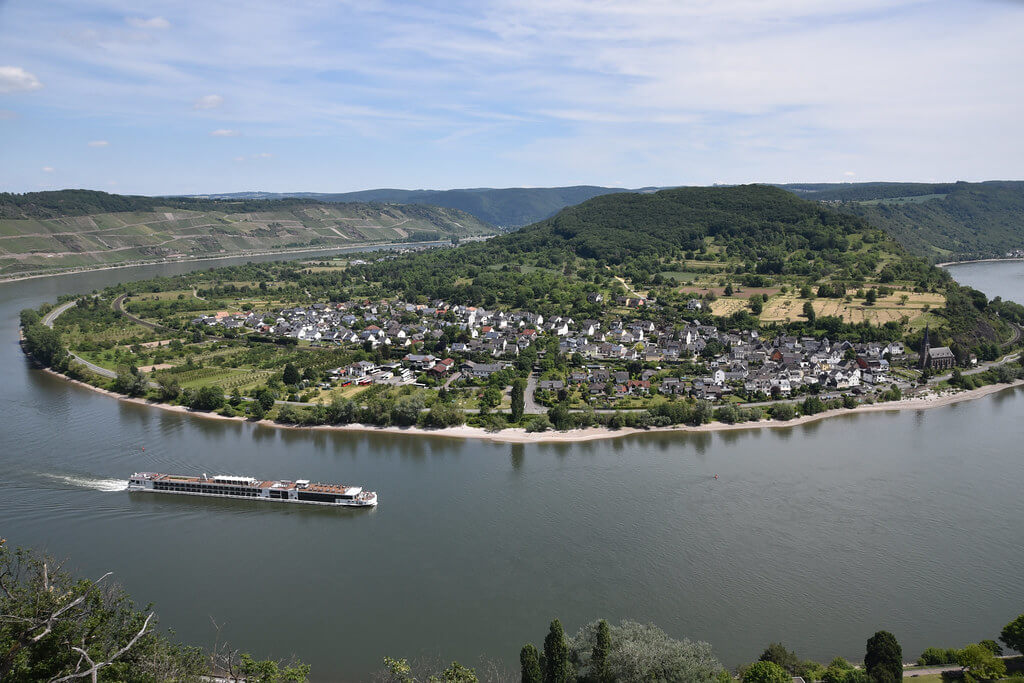
Where: Swiss Alps through the Rhineland, forming much of France’s eastern boundary
No 7: Saône
Beautiful Saône. Where the Rhone is built for trade and power, the Saône is a much more peaceful experience; hugely popular among time-starved tourists looking for a bit of sanity on a cruising holiday.
Where: the Vosges to its own power relationship with the Rhone in Lyon
No 8: Meuse
Flowing CF to the carbon offset forests of Ardennes, past Plopsaland and its lighthouse into the delta habitat of the Netherlands, the Meuse has played a major role in European history.
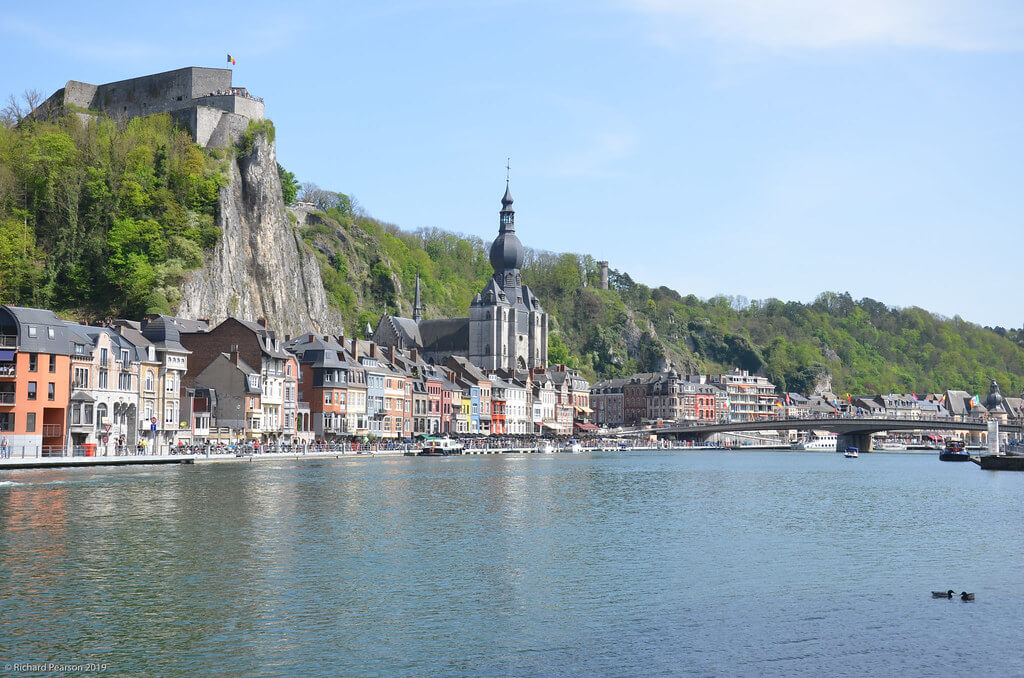
Where: its own beautiful wetlands in France, through Bel-gium to the Netherlands, then forgotten about in storms in the North Sea.
No 9: Allier
Meandering through unspoiled beauty spots that have made it a favor-ite for kayakists and wild-swimmers; the sight of otters and great crested grebes is not uncommon.
Where: the Loire is presented to it at its source near Nevers, where it is functional and delightful.
No 10: Vienne
One of the Loire’s many tributaries and a vital lifeline running through the Loire Valley, providing both water for agriculture and base for shipping towns.
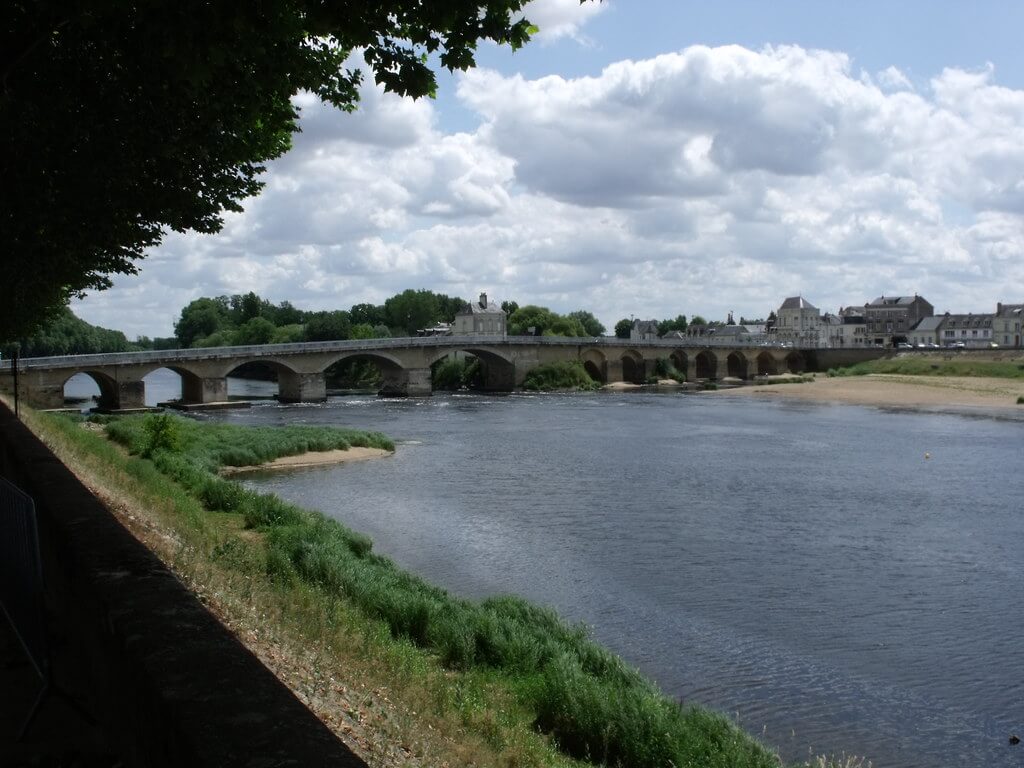
Where: From the volcanic Massif Central through the Limousine to join its bank balance at Candes-Saint-Martin.
Summary
While each river is about more than mere geography, they are the cultural and literal waterways that have helped shape the country each in its own way.
French rivers play an important role in shaping the country’s history, geographic, and economic landscape.
From the agricultural heartlands flanking pneumatic Loire to the water-studded highway of the Rhine, these water-filled trenches are vital sparks in France’s beating, ecological heart.
